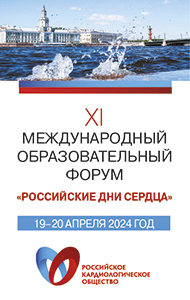Botulinum toxin injection during CABG suppresses AF for 1 year
BOSTON — Injection of botulinum toxin into epicardial fat pads during CABG reduced the incidence of postoperative atrial fibrillation and suppressed recurrent atrial fibrillation for 1 year, according to findings presented at the Heart Rhythm Society Annual Scientific Sessions.
Researchers randomly assigned 60 patients with paroxysmal AF and an indication for CABG to an injection of botulinum toxin (Xeomin, Merz Pharmaceuticals) 50 U/1 mL at each fat pad or placebo (0.9% normal saline, 1 mL at each fat pad) during surgery.
“These patients have 10% to 50% [AF] recurrence,” Evgeny Pokushalov, MD, PhD, from State Research Institute of Circulation Pathology, Novosibirsk, Russia, said during a press conference.
He said some AF recurrences after CABG are explained by neurotransmitters related to the epicardial fat pads, and botulinum toxin in animal studies was shown to inhibit neurotransmitters and suppress AF.
Patients were followed for 1 year to assess maintenance of sinus rhythm using an implantable loop recorder.
The researchers previously reported that, at 30 days, AF recurred in 7% of the botulinum toxin group compared with 30% of the control group (P = .024).
However, from 30 days to 1 year, no patients in the botulinum toxin group had recurrent AF compared with 27% of the control group (P = .002), Pokushalov said. Of the controls, two evolved to persistent AF and required catheter ablation.
At 1-year follow-up, mean AF burden according to the implantable loop recorder was 0.07% in the botulinum toxin group compared with 1.5% in the control group (P < .001), the researchers found.
There were no strokes or other serious clinical events observed in either group.
“Injection of botulinum toxin ruins the vicious cycle [of neurotransmitters and AF], and the patient has enough time for reverse remodeling,” Pokushalov said. “Most important, the injection is safe. Before the surgery, we cannot predict who will have recurrent AF, so this can be a prophylactic.” – by Erik Swain
Reference:
Pokushalov E, et al. Abstract LBCT01-04. Presented at: Heart Rhythm Society Annual Scientific Sessions; May 13-16, 2015; Boston.
Disclosure: Pokushalov reports speaking for Biosense Webster, Boston Scientific and Medtronic.
Source: www.healio.com






